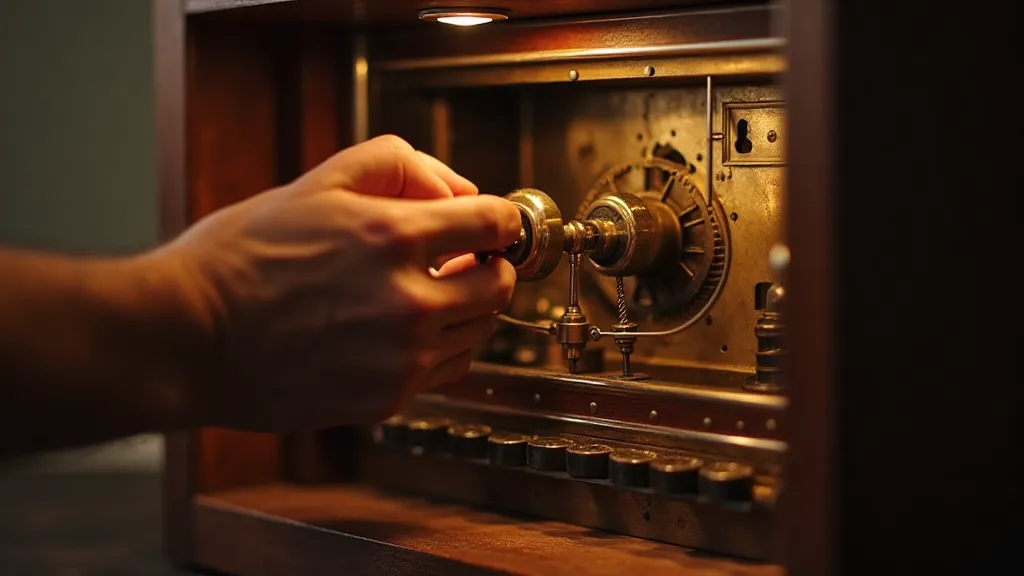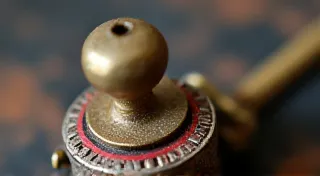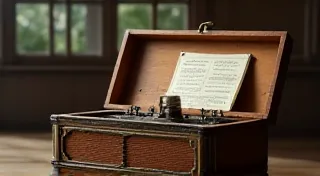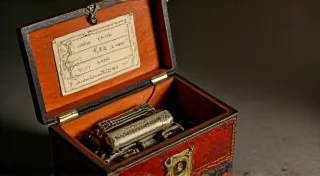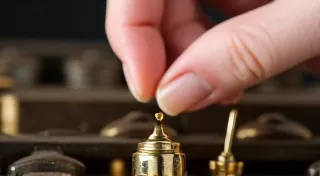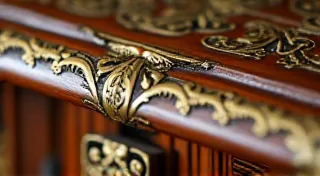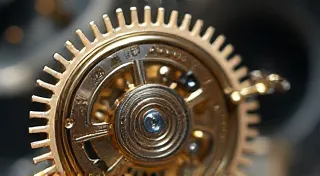The Art of Automata: Combining Music Boxes and Mechanical Figures
The allure of vintage musical boxes lies not just in their melodic charm but also in their potential for astonishing visual complexity. While many are simply enchanting sound machines, a captivating subset elevates the craft to a higher art form: automata. These intricate creations seamlessly blend the delicate mechanics of a music box with the whimsical movement of mechanical figures, creating miniature theatrical performances that delight and amaze. This article explores the fascinating world of automata incorporating music boxes, delving into their history, construction, and the artistry involved in bringing them to life.
A Brief History: Where Music and Mechanics Converge
The intersection of music and mechanics has a long and fascinating history. Early automated musical instruments like clockwork dolls and automated birds were precursors to the music box automata we see today. The 18th and 19th centuries saw a flourishing of automated figures, often powered by clockwork mechanisms. The advent of the music box, particularly the polyphonic cylinder music box in the mid-19th century, provided a readily available, relatively compact, and beautiful source of music to drive these movements.
Switzerland, particularly the valleys of the Jura Mountains, became a global center for both music box and automata production. Companies like Junod-Chatillon, Paillart, and Merck created elaborate pieces featuring dancing figures, moving animals, and even miniature scenes that played out to musical accompaniment. These automata were often commissioned by wealthy patrons and represented a significant investment of skill and artistry.
While popular in Europe and North America, automata production gradually declined in the early 20th century due to the increasing cost of production, changing tastes, and the rise of simpler, more affordable entertainment options like radio. However, a renewed appreciation for these intricate creations has emerged in recent decades, fueling a resurgence in both restoration and, to a limited extent, new production.
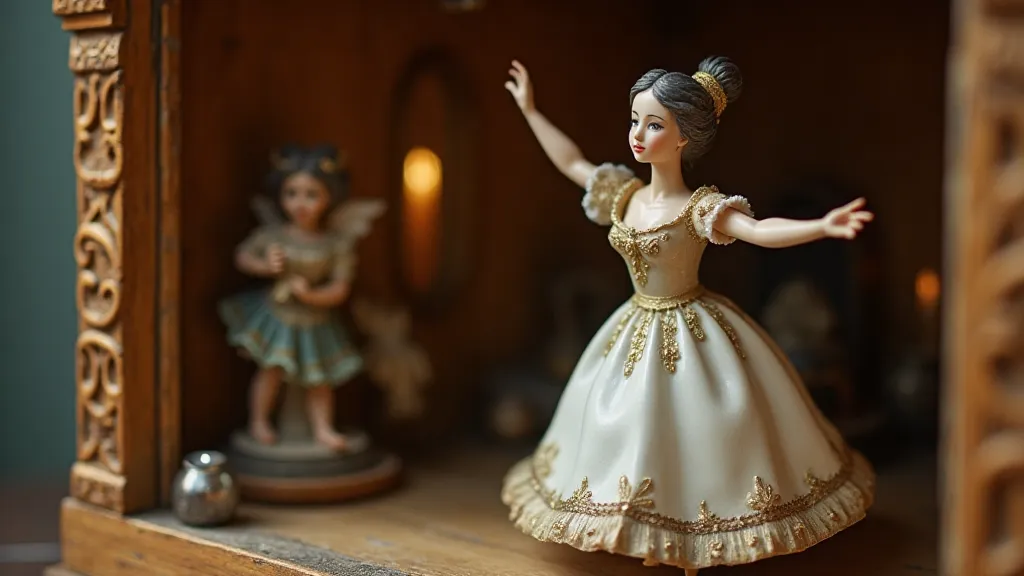
Understanding the Mechanics: The Heart of the Machine
The mechanics of a music box automata are a beautiful interplay of precision engineering and artistic ingenuity. At its core lies the music box mechanism itself. A pinned cylinder rotates, plucking tuned metal teeth to produce the melody. This cylinder is typically powered by a spring, which gradually unwinds and drives the entire mechanism.
The “automata” aspect comes from the additional components that translate this rotational motion into movement. These components can include:
- Cam Followers: A cam is a shaped piece of metal or wood that, as it rotates, pushes against a follower. The shape of the cam dictates the pattern of movement it produces.
- Connecting Rods & Levers: These transfer the linear motion from the cam followers into more complex movements for the figures.
- Gears: Gears change the speed and direction of rotation, enabling precise timing and intricate sequences.
- Escapement Mechanisms: These regulate the speed of the cylinder rotation, ensuring consistent tempo.
Designing and constructing a music box automata requires a deep understanding of these mechanical principles. The sequence and timing of movements must be precisely coordinated with the music to create a visually harmonious and engaging performance.
Materials and Craftsmanship: A Testament to Skill
The materials used in music box automata reflect the craftsmanship and artistry of the era. The music box cases are often made from:
- Wood: Mahogany, rosewood, and other fine hardwoods were common choices.
- Metal: Brass, bronze, and silver were frequently used for decorative elements and structural components.
- Ivory: Though less common today due to ethical considerations, ivory was once used for figure sculpting and decorative inlays.
The figures themselves are typically crafted from:
- Porcelain: Delicate and easily sculpted, porcelain allowed for intricate details in the figures' faces and clothing.
- Composition: A less expensive alternative to porcelain, composition is a mixture of materials that can be molded and painted.
- Wood: Carved wooden figures are also seen, often depicting animals or whimsical characters.
The level of detail is astounding. Figures are often meticulously hand-painted, and their costumes may be painstakingly sewn from fine fabrics. The overall effect is a miniature work of art that showcases the skills of multiple artisans – the music box maker, the figure sculptor, the painter, and the costumer.
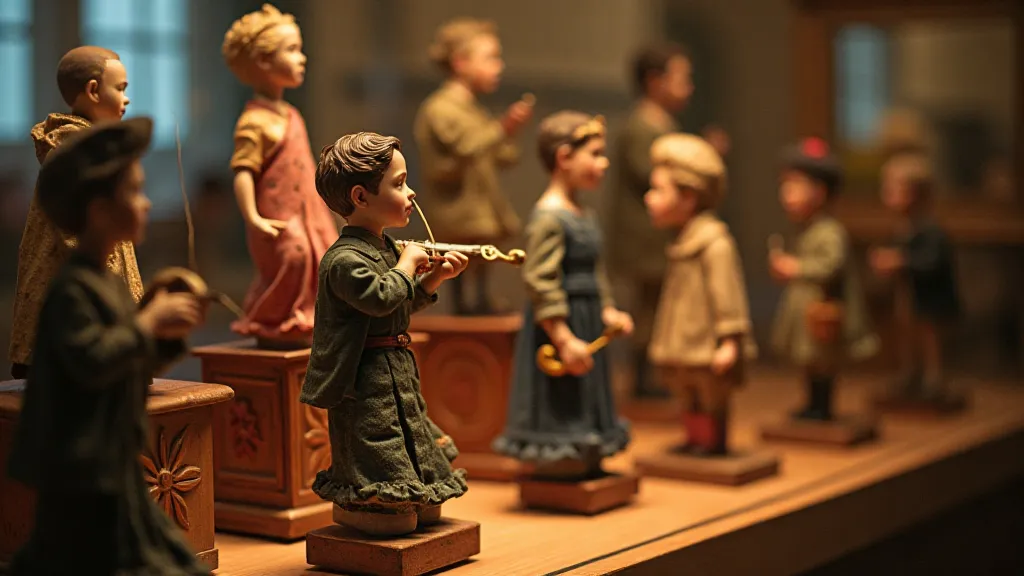
Restoring Music Box Automata: A Delicate Art
Restoring a vintage music box automata is a challenging but rewarding endeavor. It requires a combination of mechanical aptitude, patience, and a deep respect for the original craftsmanship. Key aspects of the restoration process include:
- Cleaning: Gentle cleaning is essential to remove years of accumulated dust and grime without damaging the delicate surfaces.
- Mechanical Repair: This often involves repairing or replacing broken components, lubricating moving parts, and adjusting the timing of the mechanism.
- Figure Repair: Broken or damaged figures may require careful gluing, patching, or even re-sculpting.
- Cosmetic Restoration: Repainting or refinishing components may be necessary to restore the original appearance.
A crucial aspect of restoration is preserving the originality of the piece. While repairs are sometimes necessary, it’s important to avoid making changes that would alter the character or historical significance of the automata.
The Enduring Appeal of Music Box Automata
Music box automata represent a unique and enchanting blend of music, mechanics, and art. They offer a glimpse into a bygone era when craftsmanship and innovation converged to create objects of beauty and wonder. Their enduring appeal lies not only in their technical ingenuity but also in their ability to evoke a sense of nostalgia, whimsy, and timeless elegance. Whether as treasured heirlooms or captivating museum pieces, these intricate creations continue to delight and inspire generations.
